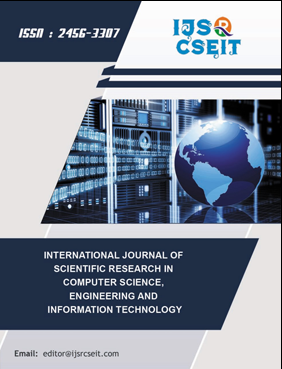Prediction of Agricultural Crop Production in India
DOI:
https://doi.org/10.32628/IJSRCSEITKeywords:
Crop Prediction, Machine Learning, Artificial Intelligence, Agriculture SectorAbstract
AI-powered prediction systems for agricultural crop production utilize advanced technologies like machine learning, deep learning, and data analytics to transform traditional farming practices. By integrating diverse datasets such as weather data, soil health, satellite imagery, and market trends, these systems enable precise yield forecasting, risk assessment, and resource optimization. This paper explores the fundamental principles, methodologies, and datasets underpinning AI-based crop prediction. It also delves into the role of machine learning models and their ability to provide actionable insights to farmers through real-time monitoring and decision support systems. Furthermore, it highlights the challenges, ethical considerations, and opportunities for scaling these systems to ensure sustainable agricultural practices and food security. The findings demonstrate that AI-driven approaches hold significant potential for revolutionizing the agriculture sector, particularly in regions like India, where agriculture plays a pivotal socio-economic role.
📊 Article Downloads
References
Zhang, N., Wang, M., & Wang, N. (2002). Precision agriculture—a worldwide overview. Computers and Electronics in Agriculture, 36(2–3), 113–132.
Jeong, J. H., et al. (2020). Machine learning-based global prediction of annual crop yield. Scientific Reports, 10(1), 1–12.
Mohanty, S. P., Hughes, D. P., & Salathé, M. (2016). Using deep learning for image-based plant disease detection. Frontiers in Plant Science, 7, 1419.
Zhang, D., et al. (2019). Prediction of soil moisture content using machine learning models. Soil Science Society of America Journal, 83(4), 1001–1013.
Ramesh, K., et al. (2018). Machine learning in weather prediction and climate analysis. Environmental Modelling & Software, 104, 28–42.
Kounalakis, T., et al. (2021). Automatic weed identification in crops using UAV imagery and deep learning. Remote Sensing, 13(1), 23.
Ruiz, P. E., et al. (2020). Artificial intelligence in smart irrigation systems A review. Water, 12(6), 1720.
Schlageter-Tello, A., et al. (2016). Machine learning models for classifying animal behaviors. Computers and Electronics in Agriculture, 127, 141–150.
Bechar, A., & Vigneault, C. (2016). Agricultural robots for field operations Concepts and components. Biosystems Engineering, 149, 94–111.
Singh, D., et al. (2016). High-throughput phenotyping with machine learning methods. Trends in Plant Science, 21(12), 1104–1115.
Downloads
Published
Issue
Section
License
Copyright (c) 2024 International Journal of Scientific Research in Computer Science, Engineering and Information Technology

This work is licensed under a Creative Commons Attribution 4.0 International License.




